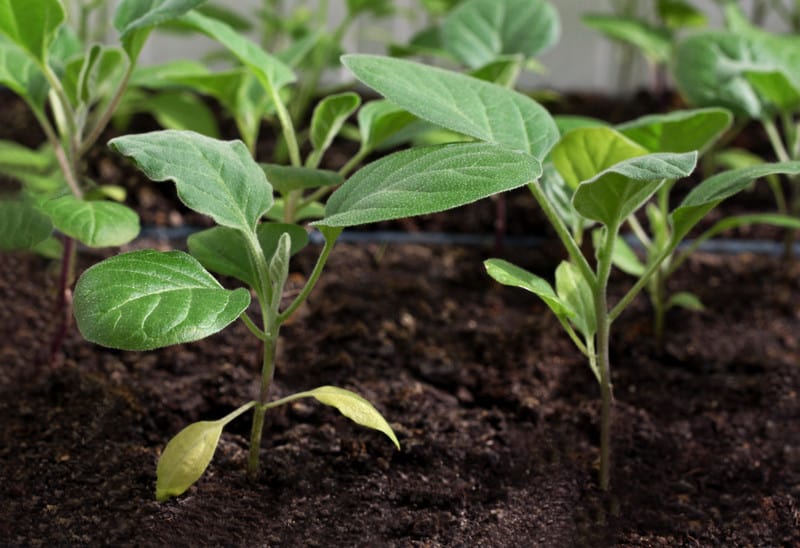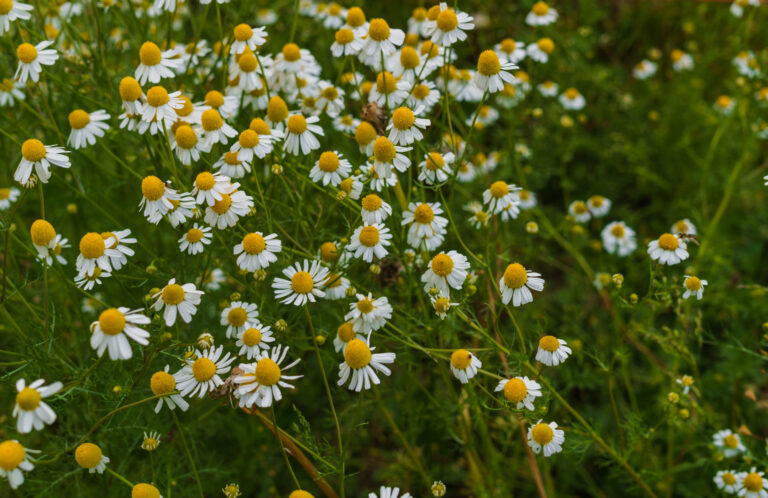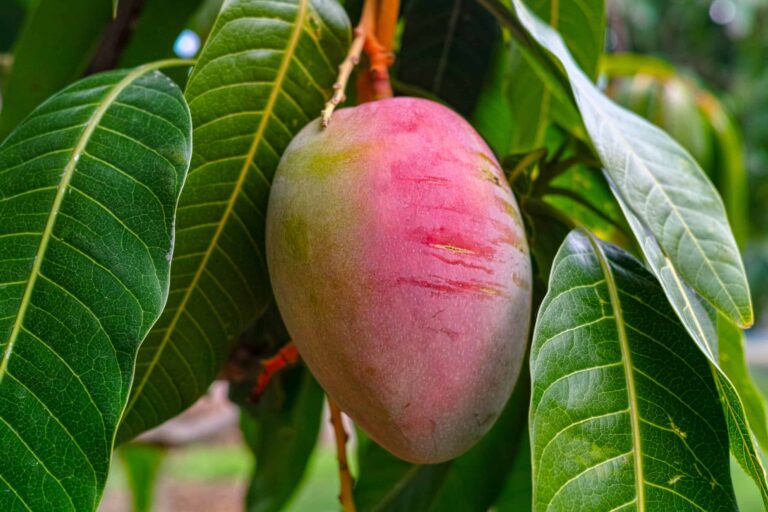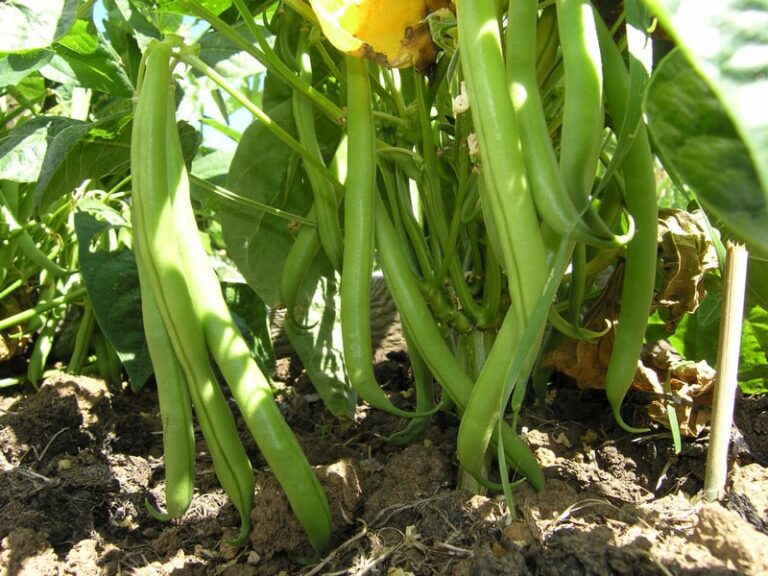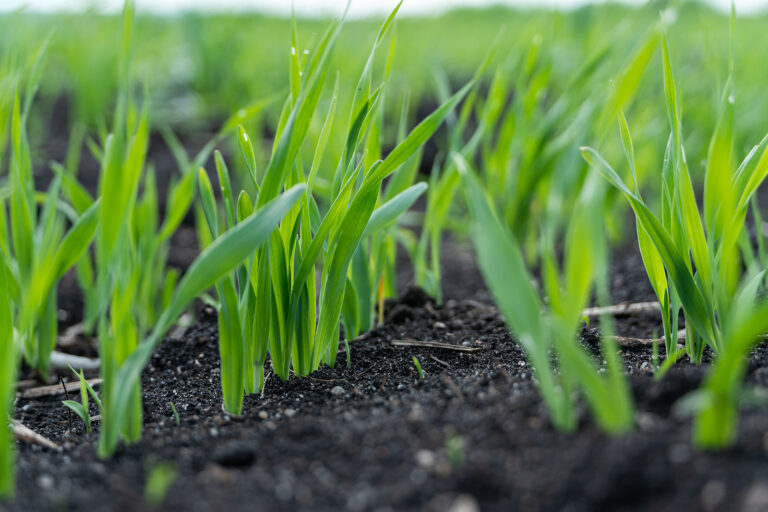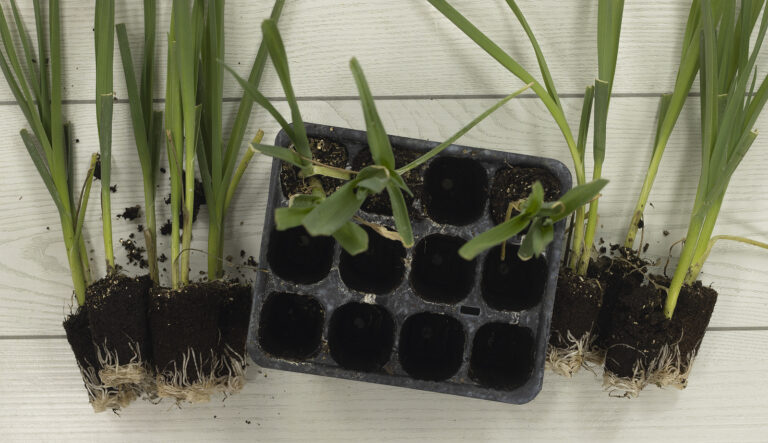Cabbage Seed Starting Tips
Cabbage is a hardy, cool-season crop. Cabbage is best planted in early spring or mid-to-late summer. Cabbage thrives in temperatures between 65°F and 75°F (18-24°C) and can withstand cold temperatures down to 25°F (-4°C).
Cabbage seedlings can be set in the garden 4 weeks before the last frost in spring. You can sow cabbage seeds indoors in flats 4 to 6 weeks before you set seedlings in the garden; that’s 8 to 10 weeks before the last frost. The minimum soil temperature for cabbage is slightly above 40°F (4°C).
To grow cabbage where summers are warm, sow the seed of a fast-maturing variety in early spring. Where summers are cool, sow seed in mid-to-late spring for a fall and early winter harvest. Where summers are very warm or hot, sow seed in midsummer for a late fall and winter harvest.
Cabbage grows best at temperatures between 40° and 75°F (4°-24°C). Cooler temperatures and warmer temperatures can cause cabbages to bolt and go to seed. Choose a variety (see list below) that will come to harvest before adverse temperatures set in.
Expect cabbage seeds to germinate at nearly 100 percent. You may want to use tweezers to place seeds in the flat at 2-inch (5cm) intervals. If seeds come up crowded, transplant some to another flat otherwise the seedlings will become leggy and weak.
If you live where summer temperatures do not get warmer than about 70°F (21°C), plant succession crops every 3 weeks for a continuous supply of tender cabbage.
Cabbage has very shallow roots, so keep the top few inches of soil from drying out. Fluctuations in soil moisture after the heads have formed can cause heads to split.

There are many varieties of cabbage to choose from—savoy, looseleaf, ballhead, red, green, purple, or white. Some varieties mature quickly, others take longer. Some are suited for warm regions, others can withstand freezing winters.
Cabbage matures in 65 to 100 days depending on the variety.
More tips at How to Plant, Grow, and Harvest Cabbage.
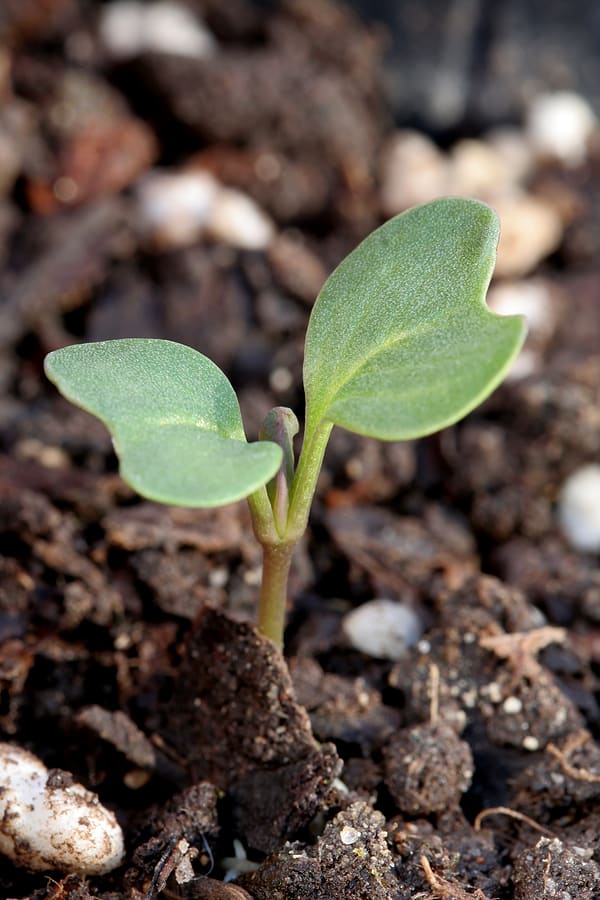
Cabbage planting details
- Sowing depth: ½ inch (13mm)
- Space between plant after thinning: 18-24 inches (cm)
- Days to sprout: 10
- Days to harvest: 60-110
- Storage period: 12-16 weeks
- Seeds per 100-row feet: ¼ ounce (7 grams)
- Yield per 100-row feet: 60 pounds (29 kg)
- Early to harvest varieties (65-75 days): Earliana, Early Greenball, Early Marvel, Golden Acre, Emerald Cross Hybrid.
- Midseason to harvest varieties (75-85 days): Bonanza, Copenhagen Market, Stonehead.
- Late-to-harvest varieties (85-100 days): Houston Evergreen, Storage Green, Danish Ballhead, Penn State Ballhead.
Cabbage sowing and planting tips
- Start cabbage from seed or transplants.
- Cabbage seeds are viable for 4 years.
- Start seeds indoors 6 to 4 weeks before the last frost in spring or 12 to 10 weeks before the first frost in autumn for a fall or winter crop.
- Start seeds in individual pots or flats.
- Sow seed ¼ to ½ (6-8 mm) inches deep in the seed-starting mix.
- Keep the mix moist but not wet.
- Seeds should germinate in 5 to 8 days at an optimal temperature of 77°F (25°C) or thereabouts.
- Transplant seedlings into the garden when they are 4 to 6 inches (10-15 cm) tall with 2- to 4-leaves and after daytime temperatures reach 50°F (10°C); firm transplants into the soil by hand.
- Cabbage prefers a soil pH range of 6.0 to 7.5; a pH of 7.2 to 7.5 is best if clubroot disease has been a problem in the past.
- When transplanting out seedlings set them deeper than they grew in pots or flats.
- Grow cabbage in full sun for best yield—tolerates partial shade.
- Add 3- to 4- inches (7-10 cm) of compost and well-aged manure into the planting bed, before transplanting; cabbage needs friable, moisture-holding soil.
- Avoid planting where cabbage family crops have grown recently.
- Space plants 12 to 24 inches (30-60 cm) apart.
- Space rows 24-42 inches (60-106 cm) apart.
- Protect the seedlings from the cold for 2 to 3 weeks after planting covering them with a cloche or plastic tunnel or cold frame.
- Fertilize with an organic fertilizer such as fish emulsion at half strength.
- Common pest enemies are aphids, cabbage worms and loopers, cabbage worms, and cutworms.
Interplanting: Interplant cabbage with beets, green onions, spinach, and herbs.
Container Growing: Choose a container with a minimum depth of 20 inches (51 cm).
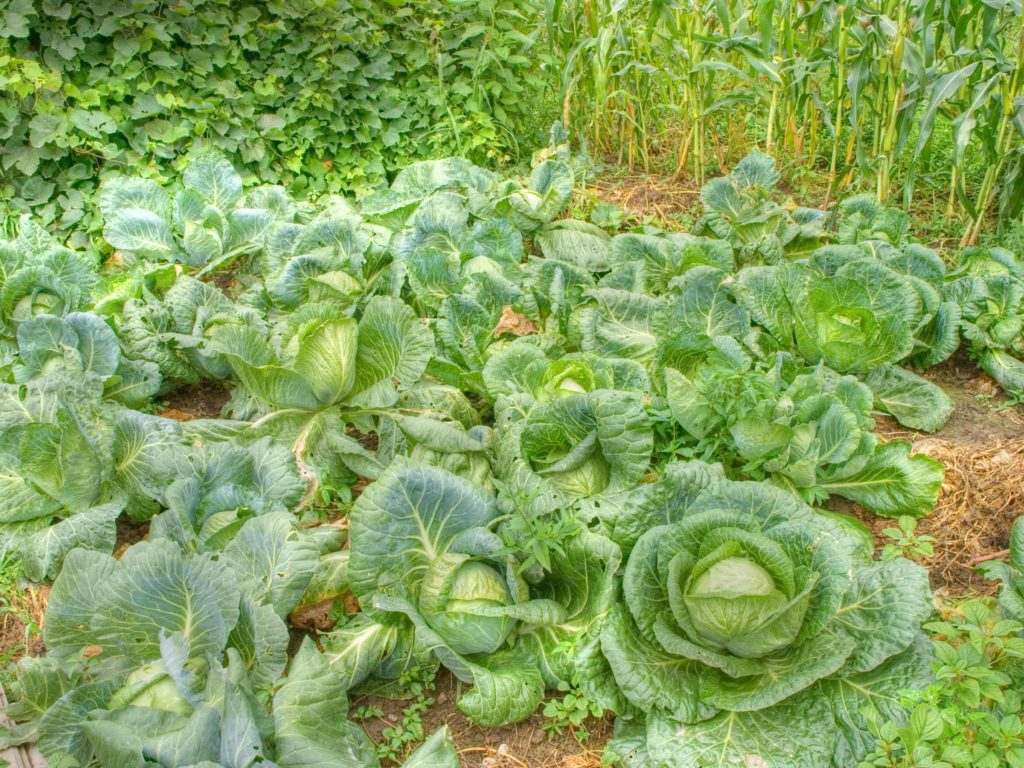
Cabbage planting calendar
Planting cabbage for spring harvest
- 8-10 weeks before the last frost in spring start seeds indoors for transplanting later.
- 4-6 weeks before the last frost in spring: set out transplants in the garden or direct-sow seed in a plastic tunnel or cold frame.
- 3-4 weeks before the last frost in spring: direct sow in the garden when the minimum soil temperature is 45°F.
Planting cabbage for fall and winter harvest
- 12-14 weeks before the first frost in fall: direct-sow in the garden for fall and winter harvest.
- 10-12 weeks before the first frost in fall: transplant seedlings into the garden for fall harvest.
Cabbage planting dates for spring and summer harvest
(These dates are for the Northern Hemisphere)
| Average date of the last frost | Planting dates |
| Jan. 30 | Jan. 1-15 |
| Feb. 8 | Jan. 1-Feb. 10* |
| Feb. 18 | Jan. 1-Feb. 25* |
| Feb. 28 | Jan. 1-Feb. 25* |
| Mar. 10 | Jan. 25-Mar. 1* |
| Mar. 20 | Feb. 1-Mar. 1* |
| Mar. 30 | Feb. 15-Mar. 10 |
| Apr. 10 | Mar. 1-Apr. 1* |
| Apr. 20 | Mar. 10-Apr. 1* |
| Apr. 30 | Mar. 15-Apr. 10* |
| May 10 | Apr. 1-May 15* |
| May 20 | May 1-June 15 |
| May 30 | May 10-June 15 |
| June 10 | May. 20-June 1 |

Recommended cabbage varieties
- ‘Dynamo’ disease and split resistant, early season.
- ‘Fargo’ green, early maturing.
- ‘Primax’ is open-pollinated, split-resistant, early season.
- ‘Red Express’ early maturing.
- ‘Gonzales’ dwarf, green.
- ‘Tendersweet’ midseason, green, disease, and split resistant.
- ‘Regal Red’ midseason.
- ‘Drumhead’ savoy, curled leaf.
- ‘Red Perfection’ long growing season.
- ‘Storage No. 4’ weather stress performer, stores well.
- ‘Savoy King’ split-resistant All-America winter.
Botanical Name: Brassica oleracea var. capitata
Cabbage is a member of the Brassicacea (Cruciferae) or cabbage family.
Cabbage Learning Hub
🥬 Start Here: The Ultimate Cabbage Growing Guide: From Seed to Harvest
🌿 Planting & Timing
- Cabbage Seed Starting Tips
- When to Plant Cabbage: Timing for Spring, Summer, and Fall Crops
Covers zone-based timing, transplant vs. direct sow. - How to Grow Spring Cabbage for Early Harvests
“Spring cabbage growing” – high seasonal interest. - How to Grow Cabbage in Containers: A Complete Guide
Perfect for urban/small-space gardeners. Include spacing, soil depth, and feeding. - How to Space and Thin Cabbage for Tight, Heavy Heads
Spacing is a common problem leading to poor heads or bolting. - How to Plant, Grow, and Harvest Chinese Cabbage
🦟 Pests, Diseases & Troubleshooting
- Common Cabbage Pests and How to Get Rid of Them Naturally
Aphids, cabbage worms, flea beetles, cutworms. - Why Is My Cabbage Splitting? Causes and Fixes for Cracked Heads
Very specific problem; here’s why this happens. - How to Prevent Bolting in Cabbage and Other Brassicas
Seasonal temperature swings confuse many gardeners.
💧 Care & Growing Tips
- How Much Water Does Cabbage Need? A Seasonal Watering Guide
“How often to water cabbage” queries are common. - How to Fertilize Cabbage for Leaf Growth and Head Formation
Discuss starter fertilizer, side-dressing, nitrogen balance. - Best Companion Plants for Cabbage (And What to Avoid)
What to plant with cabbage. - Common Cabbage Pests and Diseases and How to Treat Them Naturally
🧊 Harvesting, Storage & Preservation
- How to Harvest and Store Cabbage
- How and When to Harvest Cabbage for Peak Flavor and Texture
Includes signs of readiness and how to cut heads without damaging the plant.
🥗 In the Kitchen & Beyond
- Seven Ways to Cook and Serve Cabbage
- Five Ways to Cook and Serve Chinese Cabbage
- Four Ways to Cook and Serve Napa Cabbage
🌱 Varieties & Seed Saving
- Best Cabbage Varieties for Your Climate and Growing Zone
Optimized for zone-specific growing.
- Savoy, Napa, and Red: Which Type of Cabbage Should You Grow?
Comparative format — helpful for new gardeners. - Growing Green Cabbage vs. Red Cabbage: The Differences
- Oriental Mustard Cabbage Explained: White Stalks vs. Green Stalks
Cabbage articles at Harvest to Table:
How to Harvest and Store Cabbage
Cabbage Growing Problems Troubleshooting
Imported Cabbage Worm Organic Pest Control
Cabbage Looper Organic Pest Control
Seven Ways to Cook and Serve Cabbage
Sliced Cabbage Salad Simply Made
Corn Beef and Cabbage Slow Cooked
How to Make Cabbage Soup with No Recipe
Savory Raddish-Cabbage Coleslaw
Garden Planning Books at Amazon:

